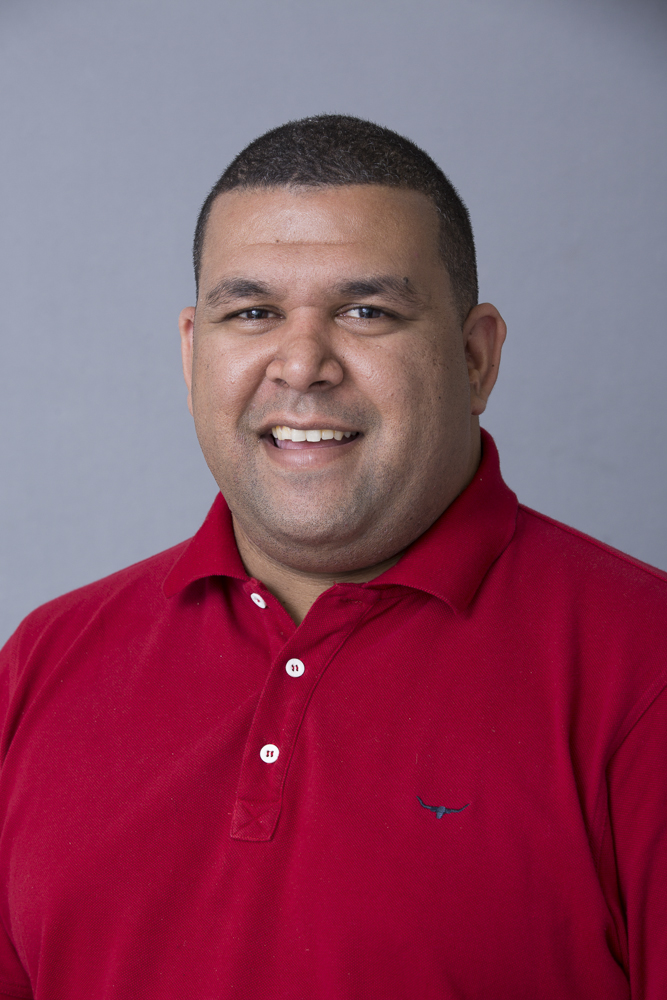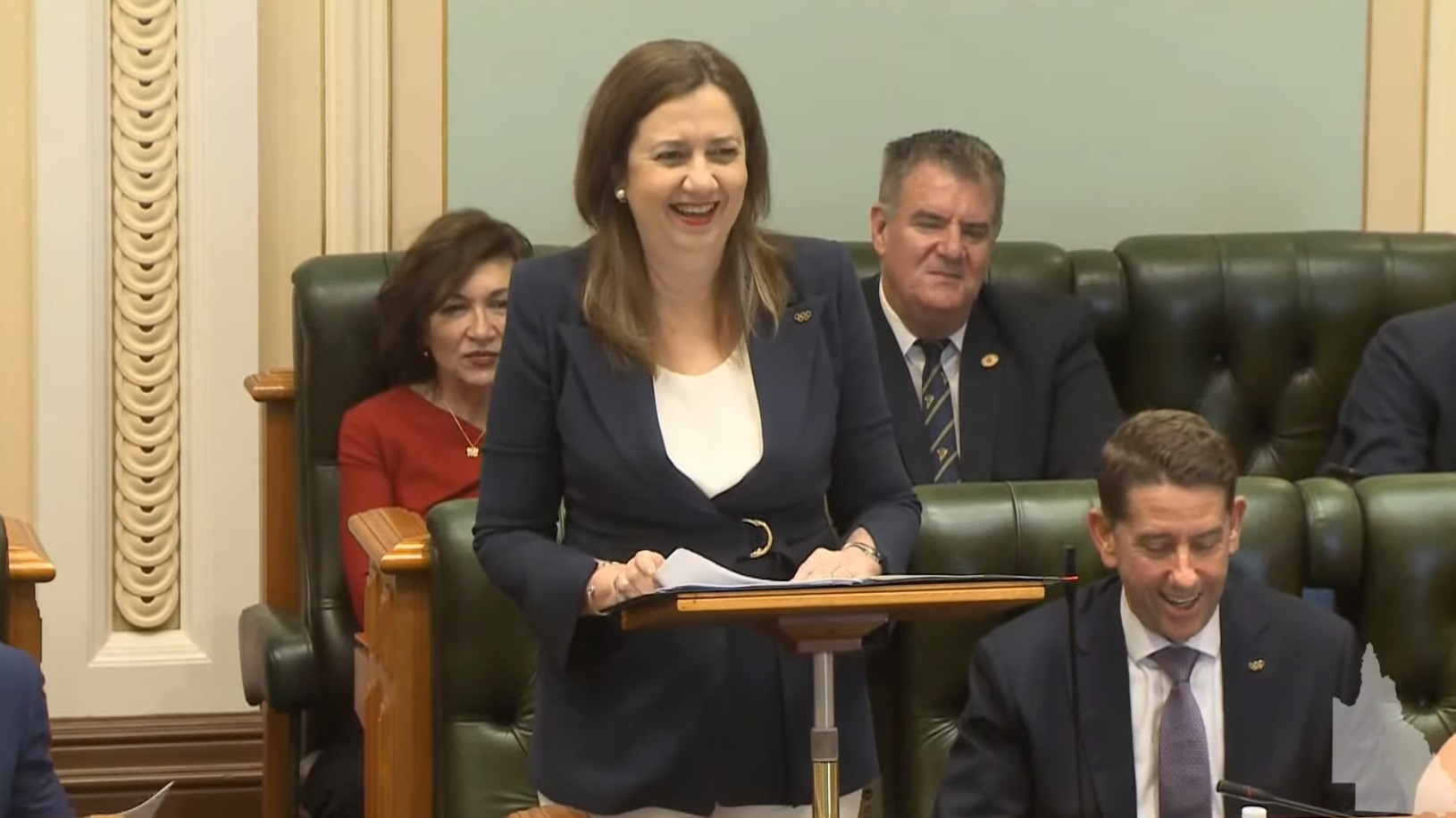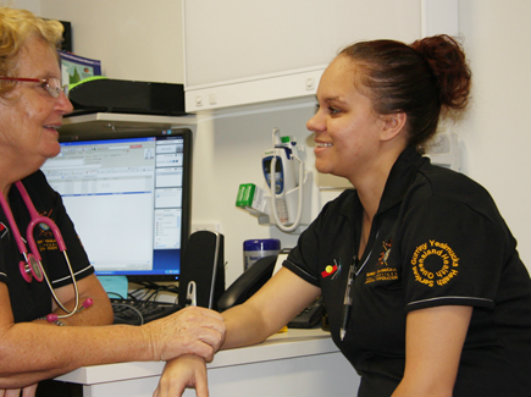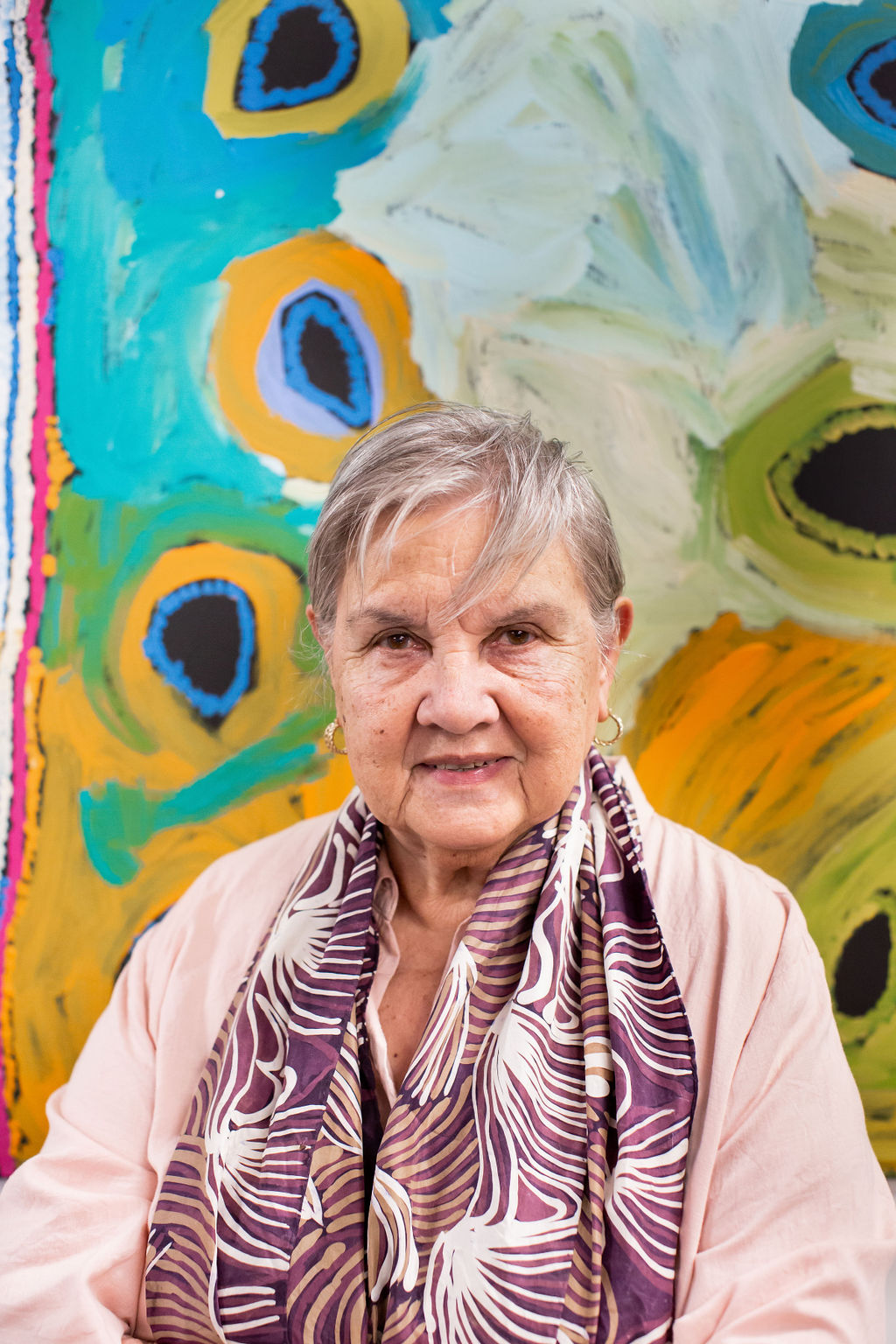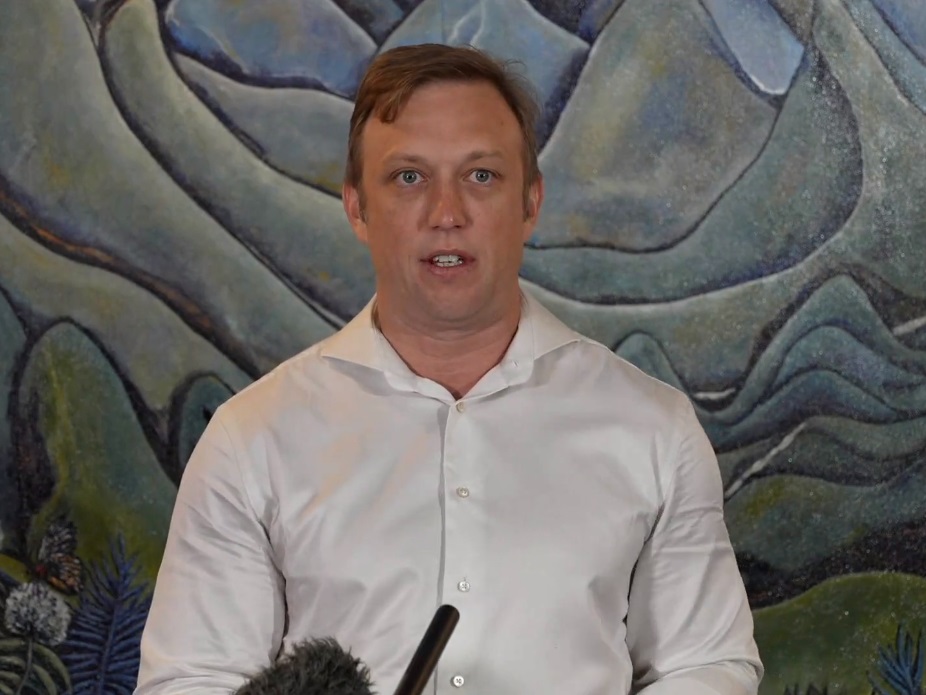Queensland’s border is reopening ahead of schedule despite concerns from Indigenous peak health bodies and low vaccination rates in First Nations communities.
Premier Annastacia Palaszczuk confirmed fully vaccinated domestic travellers would be able to enter Queensland from 1 am December 13 after the state passes the 80 per cent vaccination threshold sometime this week.
While no quarantine will be required for the fully vaccinated, travellers will need a negative COVID-19 test within 72 hours before arrival, and all travellers from declared hotspots must get a test on Day Five after their arrival.
Unvaccinated travellers will still have to undergo 14 days of hotel quarantine.
“Every hour and everyday counts, for us to prepare so that we can protect one of the most vulnerable populations in Queensland – that being Aboriginal and Torres Strait Islander people.”
QAIHC Chairperson, Matthew Cooke
On November 26, Indigenous leaders from across Queensland wrote to the Premier, pleading for the state’s borders to remain closed until at least December 17 as originally announced.
It detailed how an early border opening would be catastrophic to Queensland’s Indigenous communities. Particularly when facing lagging vaccination rates, increased exposure and mutating COVID strains like the Omicron variant.
Matthew Cooke, Chairperson of the Queensland Aboriginal and Islander Health Council (QAIHC), has expressed ‘profound disappointment’ and concern that there has been no consultation with Aboriginal and Torres Strait Islander people before the announcement was made.
“There is currently a 30% – 40% gap in vaccination rates between Indigenous and non-Indigenous Queenslanders”, Mr Cooke said.
“While numbers have risen thanks to the extensive efforts of Aboriginal and Torres Strait Islander Community Controlled Health Organisations and government incentives, there is still a significant gap between Indigenous and non-Indigenous Queenslanders.”
Some of the state’s largest Aboriginal communities like Yarrabah and Cherbourg are yet to hit 50 per cent fully vaccinated for those aged 15-plus; well-below the state average of almost 80%.
Cooke, a Byelle man from Gladstone, said he would like to see vaccination rates at least “on par with the rest of the country”, with some researchers arguing double dose vaccinations need to reach 90 – 95% among First Nations people to protect our communities.
As Australia transitions to living with COVID-19 in the coming months, Matthew Cooke says long-term investment is needed for Aboriginal communities and health organisations.
“If we’re going to live with this disease in our communities and community transmission is accepted by all levels of government, then they need to make sure that there’s an adequate resource that is recurrent and continuing… to make that we can have a workforce, that we can have PPE, not only for our staff but also for our people and our communities and those families that are impacted by close contacts or COVID positive family members,” Cooke said.
“But also, other measures like introducing rapid antigen testing for clients, staff, and community to manage it. There needs to be ongoing investment, to date there has only been one off, non-recurrent funds.”
“Every hour and everyday counts, for us to prepare so that we can protect one of the most vulnerable populations in Queensland.”
You can listen to Matthew Cooke’s full interview with NIRS News below:
